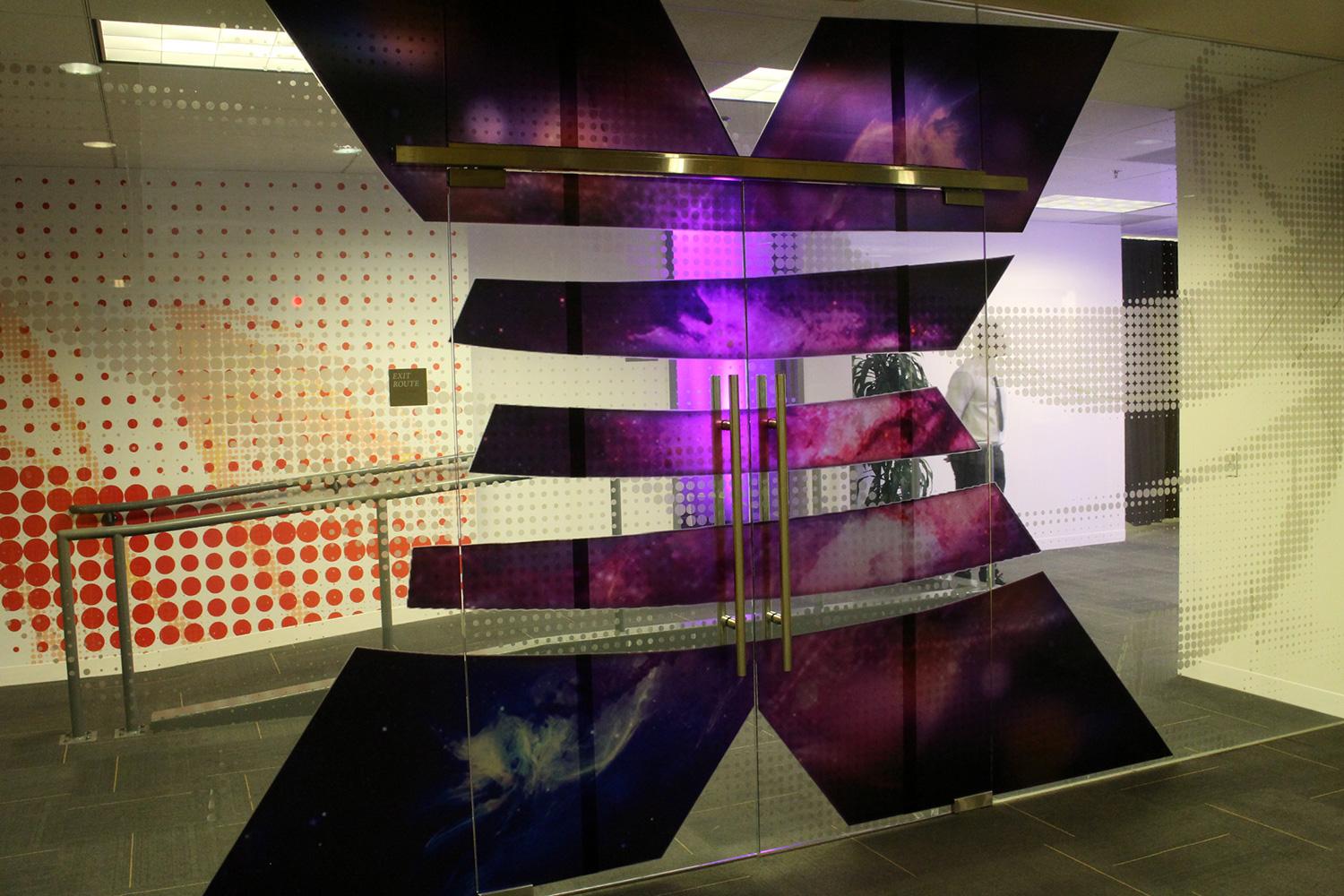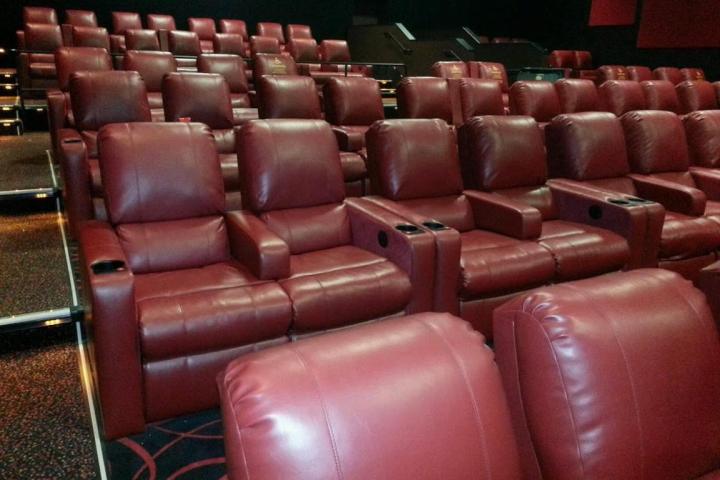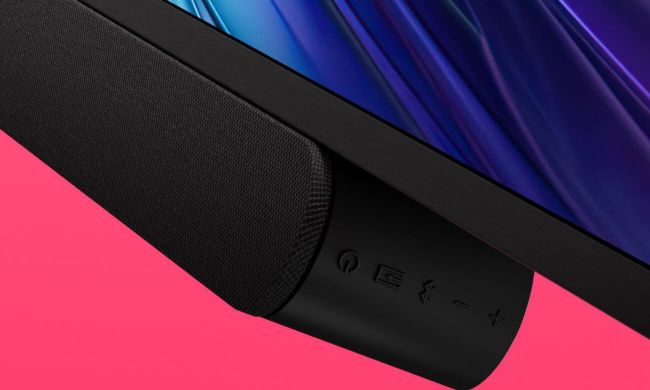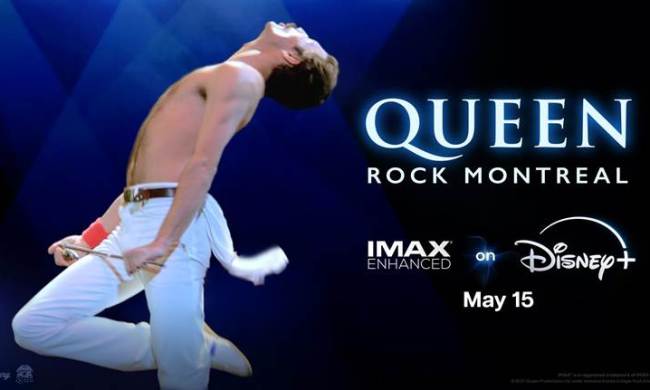
When you think about your home theater, chances are good that the picture provided by your TV (or possibly your projector) is the first thing that comes to mind. Many people tend to underestimate the other, equally important component of a great home theater setup, sound. But just like video developments like 4K and HDR, sound — specifically surround sound — has been progressing by leaps and bounds in recent years, thanks in large part to the introduction of object-based surround sound formats like Dolby Atmos and its DTS equivalent, DTS:X.
Object-based or 3D surround sound adds height information to a traditional surround setup, providing a third dimension from above to create a more immersive experience. This may not sound life-changing, but once you have experienced it first-hand, it’s hard to go back to plain old surround sound. It’s no surprise that the two dominant names in cinematic sound, Dolby and DTS, are the leaders in object-based surround sound. But how they go about delivering them — both to you and to movie studios and theaters — have some striking differences. We’ve already covered Dolby Atmos in great detail, so now it’s time to take good, long look at DTS:X.
DTS:X in the theater

While Dolby Atmos is by far the leader when it comes to adoption, DTS:X is more flexible than its rival in theaters. Unlike Atmos, which sets the limit of individual audio feeds at 64 speakers, DTS:X presents no such limitations, meaning theater operators are essentially limited only by the cost of adding extra speakers and amplification. Since DTS:X is more flexible, theater owners can also add DTS:X support to a theater that has already been outfitted for Dolby Atmos relatively easily and affordably. And unlike Dolby products, DTS:X costs theater owners nothing to license.
As for where you can find DTS:X in theaters, that is a bigger question. DTS says movies are being shown with DTS:X sound at “an ever-growing number of theaters” in the U.S., China, and Europe. The low price and relative ease of installation for DTS:X theoretically should mean it continues to gain traction, but the technology is still playing catch-up with Dolby Atmos, which debuted in 2012 (a full three years before DTS:X) and is available in a relatively large selection of theaters worldwide.
DTS:X at home
As with theaters, DTS:X is also more flexible in the home than Dolby Atmos, supporting up to 32 different speaker locations/configurations. This is great if you have a living room where you just can’t move all your furniture around to manage the “perfect” surround sound setup. Instead, DTS:X can adjust to accommodate your speakers. DTS:X is also more flexible when it comes to the number of objects in a scene, supporting virtually unlimited objects while Atmos limits the objects in a scene to 128. Whether or not this will ever actually make a difference in the films you watch is up to professional sound mixers (and remains to be seen).
DTS:X is playing the same game of catch-up at home as it is in theaters. Currently, the format is far behind Dolby Atmos, which seems to be making headway as the preferred format. That’s not to say you won’t find Blu-ray releases supporting DTS:X, but they are far fewer in number than Atmos releases at present and, unlike Atmos, DTS:X is not currently supported by any major streaming service.
A/V receivers

Hardware is one area where DTS caught up to Dolby very quickly. It is incredibly easy to find a receiver with DTS:X these days, with most major brands offering support for both formats. There are far too many individual models to list, but brands including Denon, Marantz, Onkyo, Integra, Pioneer, Yamaha, and others, offering a wide variety of models with DTS:X support. If you’re looking for a place to start, our list of the best A/V receivers offers plenty of good choices with DTS:X support.
Speaker configurations
You might be used to hearing speaker layouts referred to as 2.1 or 5.1, but when DTS:X was released, DTS chief marketing officer Kevin Doohan referred to the system as “whatever.1” due to the technology’s sheer flexibility. That is true if you’re building a system from scratch, or if you’re adding ceiling-mounted or upward-firing speakers to an existing system, but if you’re using a layout that can also be used with Dolby Atmos, chances are you will find yourself using one of a few different speaker configurations.
DTS:X supports up to 11 speakers along with two subwoofers. This allows for a number of different layouts, from 7.2.4 — seven surround speakers, two subwoofers, and four speakers for height information — to 9.2.2, which would add two height speakers to a standard 9.2-channel surround sound system. There aren’t speakers specific to DTS:X, so virtually any ceiling-mounted or upward firing speakers will work.
Other DTS:X-enabled hardware
If you’re looking for object-based surround sound in a simpler setup, there are soundbars available that feature the technology. These won’t be as immersive as a multi-speaker setup, but they are still a much better option than relying on your TV alone. Some models as of publication include the Pioneer Elite FS-EB70, Sony’s HT-Z9F and HT-X9000F, and Yamaha’s YSP-5600, all of which support both DTS:X and Dolby Atmos decoding.
If you’re wondering whether or not you’ll need a new Blu-ray player to use DTS:X, the answer is probably no. You will need a player that supports DTS-HD Master Audio with bitstream output, and if you have a relatively new Blu-ray player or Ultra HD Blu-ray player, you should be good to go.
Watching movies in DTS:X
As mentioned, Blu-ray and UHD Blu-ray support for DTS:X is lagging behind Dolby Atmos. Lionsgate was an early supporter of DTS:X, and Paramount announced it would release movies with DTS:X in 2016. You will find movies from the Jason Bourne and Fast and Furious franchises in DTS:X, as well as the Harry Potter franchise and a small collection of other titles. Currently, though, Dolby Atmos is supported by a much wider selection of studios, including multiple releases from Disney (and its many properties), Sony, Paramount, Lionsgate, Universal, and Warner Bros., among others.
Unfortunately, one thing you won’t often find is Dolby Atmos and DTS:X on the same disc. While there is nothing technically stopping it from happening, these audio streams take quite a bit of space, and most companies producing Blu-ray and Ultra HD Blu-ray discs would rather stick to one format instead of trying to fit both on a single disc.
DTS Virtual:X
Object-based audio is awesome, but not everyone wants to upgrade their entire home theater in order to experience it. DTS Virtual:X was designed for those people. DTS Virtual:X uses psychoacoustic processing in an attempt to trick your brain into thinking you’re hearing sound coming from surround and height speakers, without the speakers actually being there.
Whereas DTS:X and Atmos benefit immensely from native mixes with object-based height information, DTS says that Virtual:X is designed to work with any content, letting you bask in the immersion without all the extra work. In our experience, virtual surround sound can be hit-or-miss, based on the speakers or soundbars, as well as the environment in which they’re placed, but DTS Virtual:X is a major step forward.
DTS Virtual:X is still relatively new, so while you may not hear about it now, it’s quickly on the rise. Expect to hear much more about it moving forward.
Is DTS:X worth it?
If you take your home theater seriously and you’re looking at buying a new A/V receiver, object-based surround sound — including both Dolby Atmos and DTS:X — is absolutely worthy of investment. When it comes to utilization in your home, you can make use of many of the speakers you have already, so it’s not like you need to overhaul your entire system, and the benefits of object-based audio will become apparent as soon as you hear it in action.
Luckily, while Dolby Atmos is much more prevalent on the content side, you don’t need to settle for one over the other. Any high-end A/V receiver you buy — and many entry-level ones — will include both Atmos and DTS:X.
If you have decided to go all-in on object-based surround sound, be sure to take a look at our A/V receiver buying guide for an idea of what other features you might want to look for.



